The Marmara Region is a historic bridge between Europe and Asia, blending tradition, history, and innovation. This article explores its past, from the Byzantine and Ottoman Empires to Istanbul's transformation from Constantinople. The region's cities combine history and modernity, each with unique charm.
Sustainability and conservation efforts show a positive shift, highlighting the balance between environmental and economic interests. Exploring the Marmara reveals its significance as a link connecting diverse civilizations.
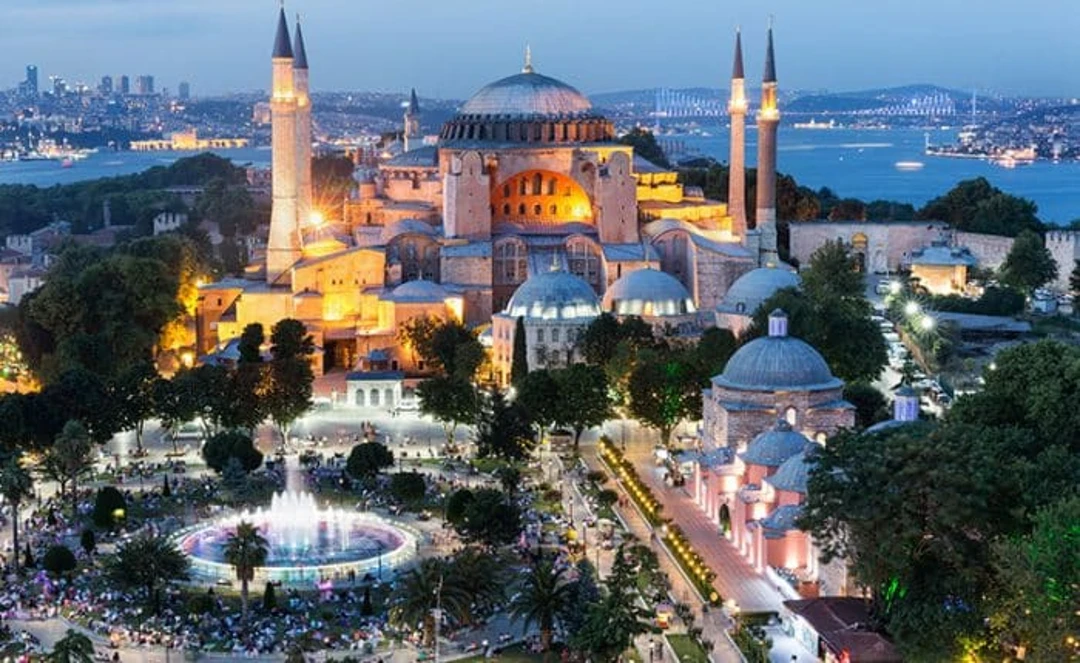
Historical and Cultural Significance
The historical tale of the Marmara Region is truly fascinating. It was once the core of the Byzantine Empire—and Constantinople was the empire’s grand capital city. Positioned at the crossroads of Europe and Asia, it was a center of commerce and civilization.
But when the Ottomans moved in and Constantinople was rechristened Istanbul, this city gained new life and new stories; it became a modern metropolis linking the ancient and contemporary hemispheres.
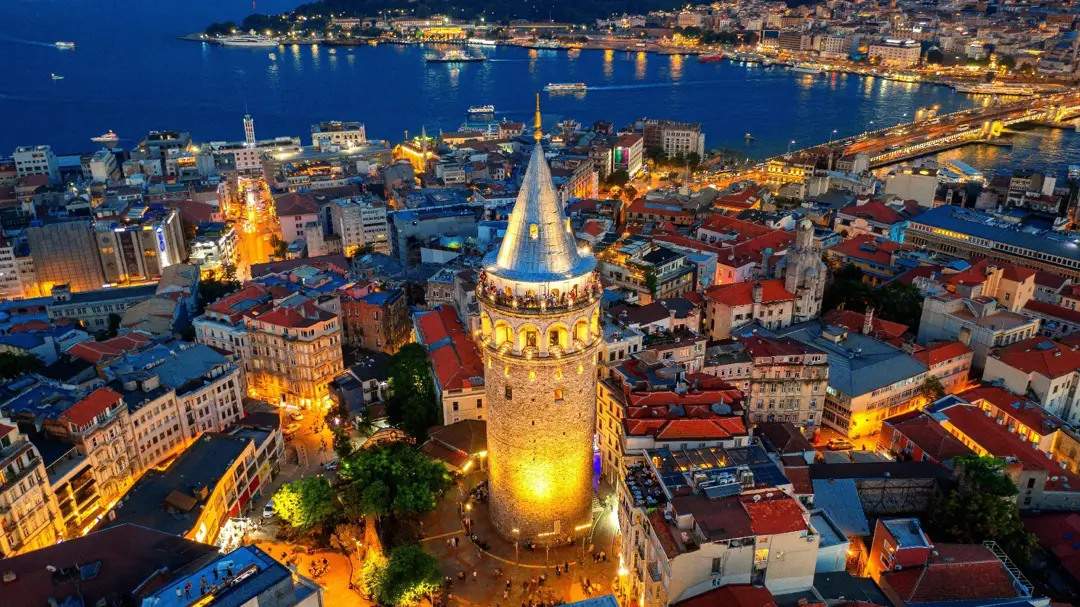
Istanbul is one of those cities that has seen it all. Walking around the streets, you can’t help but feel the weight of history pressing down on you. The walls remember the emperors and sultans, the opulent palaces and hectic bazaars, as Byzantium transformed into Constantinople and later Istanbul.
It’s eastern and western, it’s ancient and modern, all at the same time. It’s all the things!
Famous cities
Istanbul
Istanbul is a living, breathing museum of when Europe and Asia collide. Sitting at the mouth of the Bosphorus Strait, the city is alive with constant activity. There’s the stunning Hagia Sophia, the imposing Topkapi Palace, and the bustling and loud Grand Bazaar. Every street is a story, leaving you feeling as if you’ve stepped into an epic, never-ending story.
Bursa
Bursa, located to the south of the Sea of Marmara, is where the Ottoman Empire was first established. It is surrounded by beautiful greenery, and its thermal springs and historic mosques (notably the Grand Mosque) are sure to impress you. On the streets, the scent of Iskender kebab will make your mouth water — a dish worth sampling.
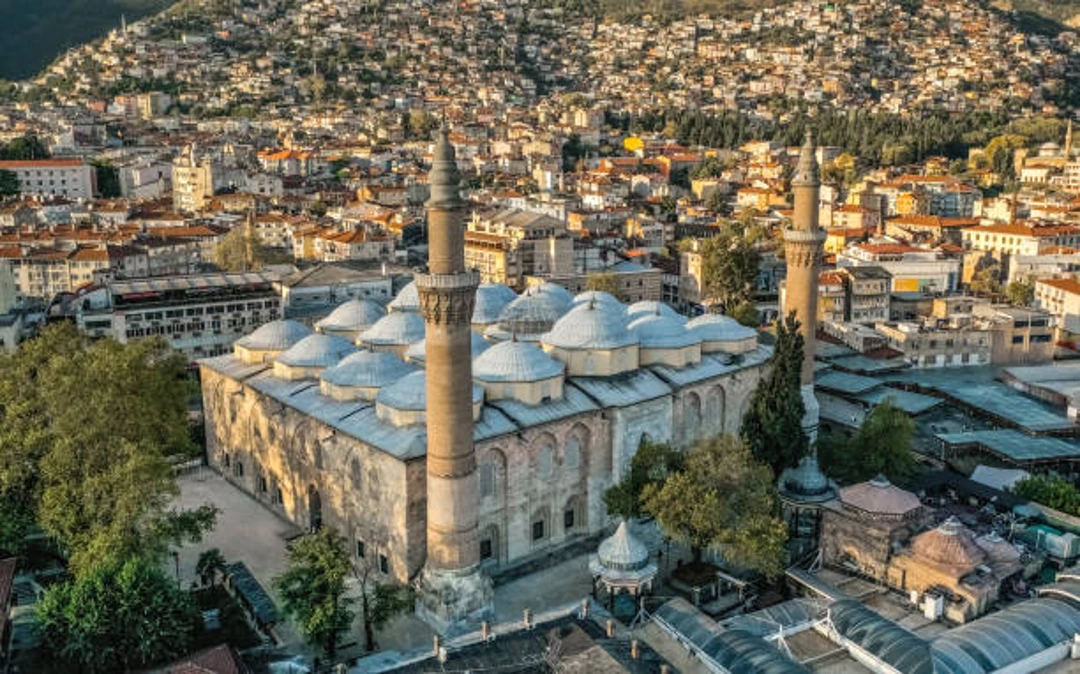
Edirne
At the European end of Turkey, you’ll find Edirne, once the capital of the Ottoman Empire and home to the magnificent Selimiye Mosque. The architecture is detailed and the history rich. The Kirkpinar wrestling festival has been happening here for centuries, which gives the city a bit of flavor.
Çanakkale
Overlooking the Dardanelles Strait, Çanakkale is a city steeped in history. It’s the launching point for the historic ruins of Troy, the place where myths of warriors and war were realized. Its seafront appeal is amplified by the grand Çanakkale Martyrs’ Memorial, a tribute to those who served in the Gallipoli Campaign.
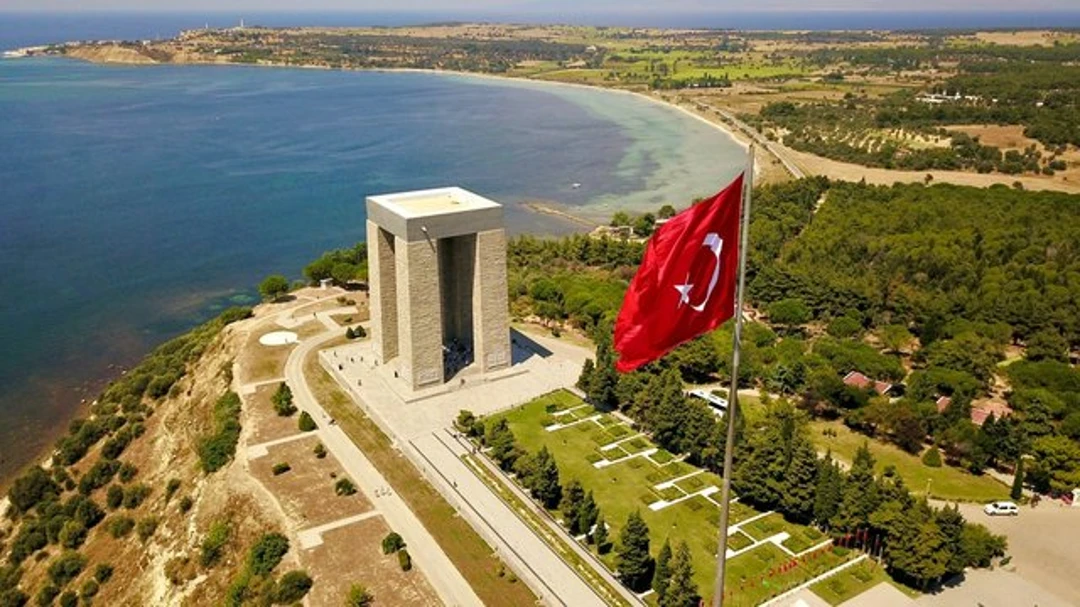
Iznik
A small town steeped in history, Iznik sits on the south-eastern banks of Lake Iznik. It was an important fortress town in the Byzantine era, and is well-known for its historic walls, and for the Iznik tiles that decorated Turkish palaces. Walking around, you’ll feel transported to the past…a past full of life.
Sustainability and Conservation Efforts
The Marmara Region is a great advocate for the environment. One of the things it’s best at is protecting Marmara Sea and its fragile ecosystems. Locals have made huge efforts to protect the region, keeping these waters healthy and alive for years to come.
Sustainable tourism is a focus here too. Many communities will have eco-safe tours and sustainable initiatives in place for their local hotel amenities. So, rather than see a lot of plastic and non-recyclable items, you’ll find environmentally-friendly options and local organic goods.
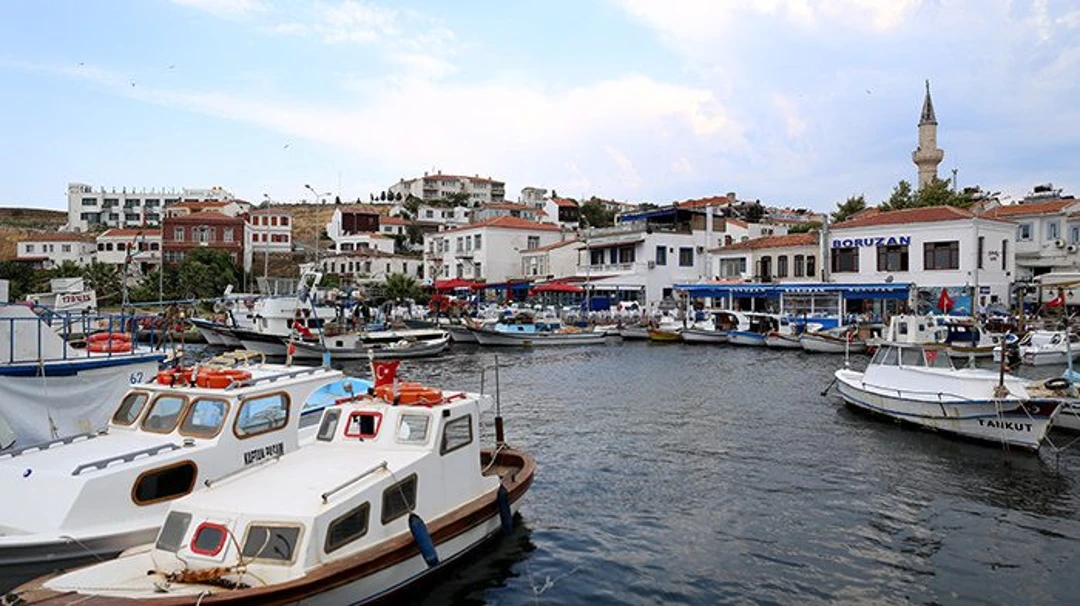
Moreover, any attempts to restore ancient structures are done traditionally to ensure it maintains its sustainability. I found the approach heartening as it ensures that the old never really gets left behind for the new, making it a better world.
Conclusion
The Marmara Region blends old and new, connecting Europe and Asia. From the ancient history of the Byzantine and Ottoman empires to the lively streets of Istanbul and the peaceful corners of Bursa and Çanakkale, each city offers its own rich cultural story.
The region is also making progress in sustainability, preserving its natural beauty and traditions. It invites the world to experience its unique mix of ancient and modern worlds.
